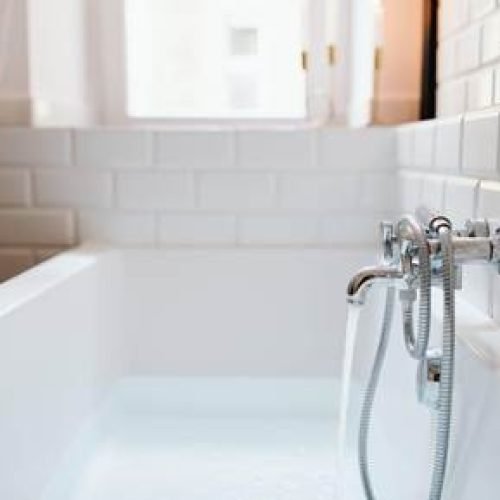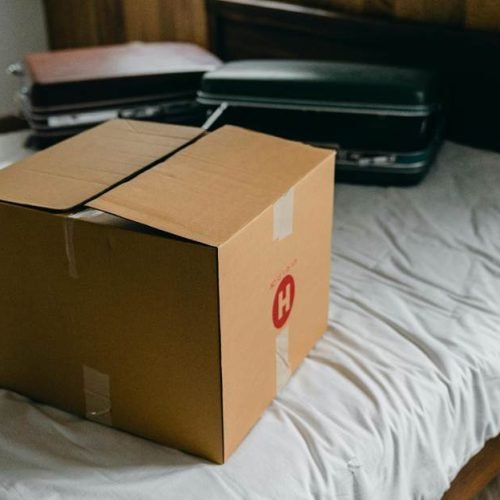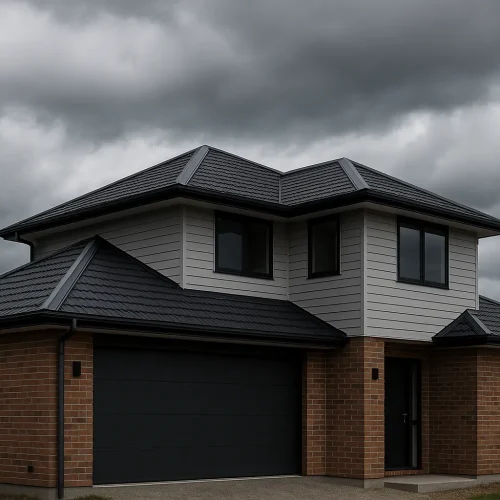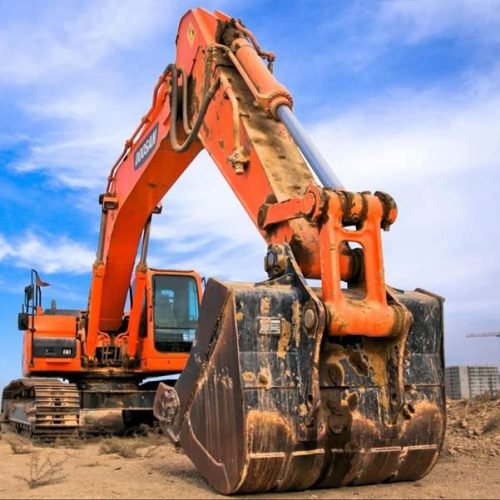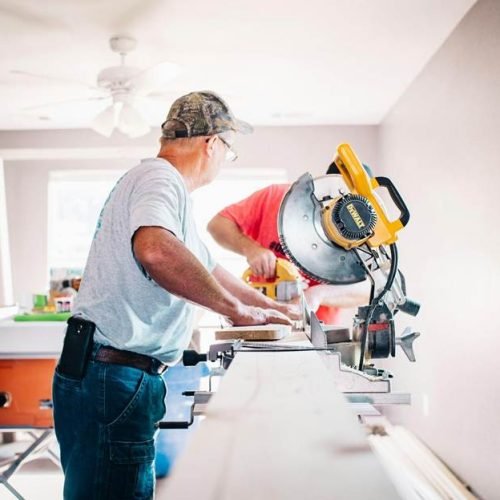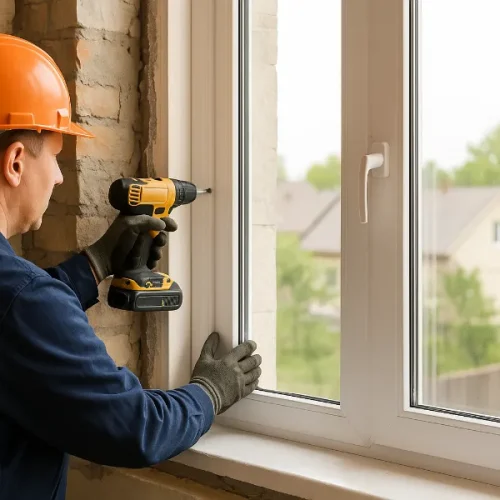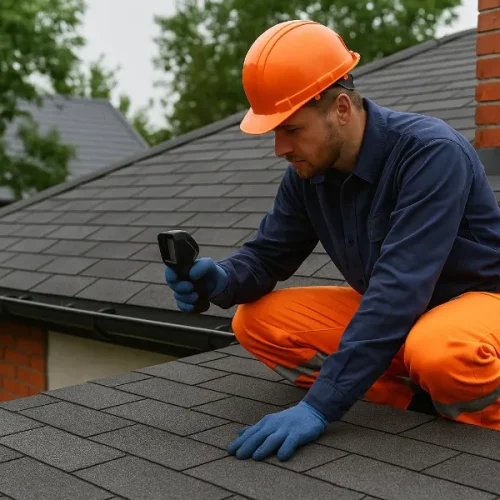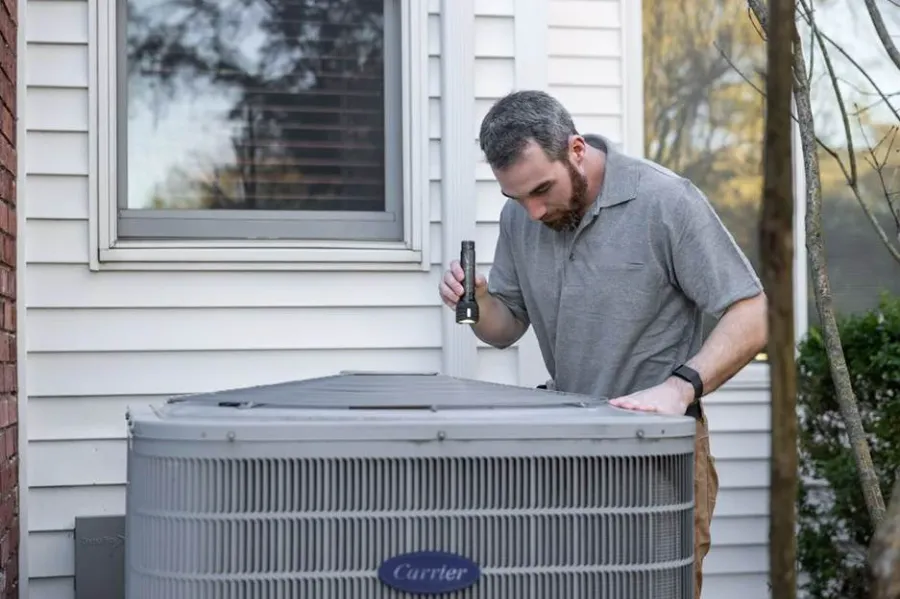
According to the U.S. Energy Information Administration, nearly half of American homes rely on natural gas for heating — yet many of those systems go years without a proper checkup. It’s easy to forget about your furnace until it suddenly quits on the coldest day of the year. A little attention before that happens can save a lot of discomfort later.
The truth is, many furnace hiccups start small: a dusty filter, a tripped switch, or a thermostat that’s just slightly off. Knowing what you can fix yourself and when to call in a professional keeps your home warm, your energy bills lower, and your furnace running smoothly through winter’s worst.
Quick and Easy Furnace Fixes Homeowners Can Handle
Most furnace problems don’t begin with full-blown breakdowns — they start with small, fixable issues. Swapping out a dirty filter, adjusting the thermostat, or clearing a blocked vent might not sound like “repairs,” yet these simple actions often restore warmth, improve efficiency, and keep your furnace from developing costly problems later. Think of them as mini fixes that protect your comfort and your wallet.
Change or Clean the Air Filter
A dirty filter is one of the most common causes of furnace trouble. It blocks airflow, makes the system strain, and drives up energy bills. Turn the furnace off, remove the old filter, and check the size before replacing it. Most need changing every one to three months, depending on dust levels and pets. It’s a two-minute fix that can instantly improve airflow and air quality throughout your home.
Check the Thermostat Settings
Before assuming your furnace is faulty, take a closer look at the thermostat. Make sure it’s set to heat, not cool, and that the temperature is higher than the current room reading. Replace the batteries and give it a quick reset if needed. A simple adjustment often brings the system back to life. If you’re ready for a smarter upgrade, a programmable thermostat can handle these tweaks automatically and help lower your energy costs.
Clear the Vents and Registers
When some rooms stay cold while others overheat, blocked vents are often to blame. Walk through your home and check for furniture or curtains covering vents. Vacuum away dust and pet hair to help air move freely. Giving vents even a few inches of space can feel like a professional fix — restoring even heat and easing pressure on your furnace.
Inspect the Power and Pilot Light
If the furnace stops unexpectedly, check the switch near the unit or the breaker panel. A quick reset might solve it. For gas models, look at the pilot light: it should burn a steady blue. A flickering or yellow flame can point to dirt buildup or airflow problems. When you see inconsistent flames, frequent resets, or weak heat, it’s time to bring in an expert. For more insight, this guide on furnace repair breaks down what to look for before winter sets in.
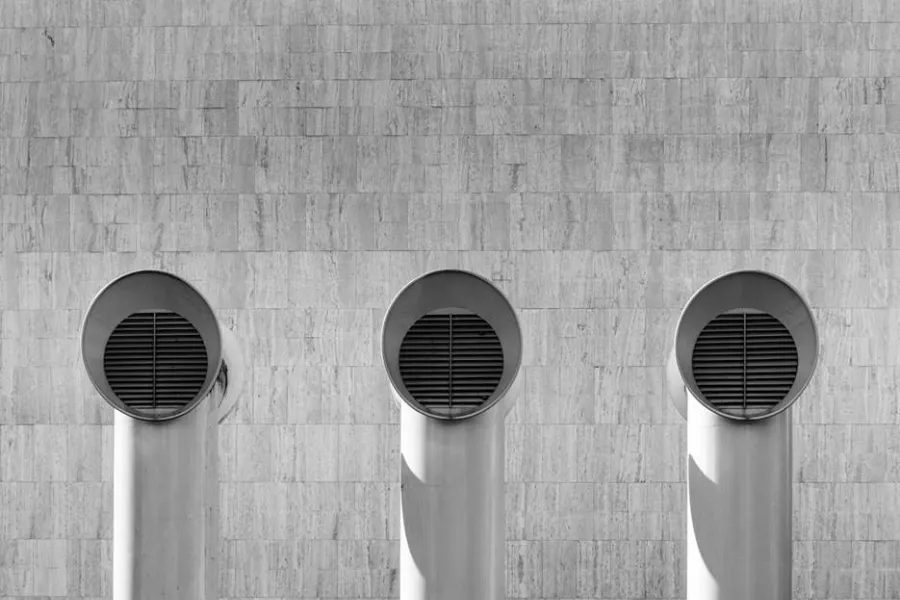
Signs It’s Time to Call a Professional
Even with the best care, some furnace issues are simply out of reach for DIY fixes. Knowing what to watch for can help you catch small problems before they turn serious — or dangerous. These warning signs often mean your furnace needs expert attention.
Loud or Unusual Noises
A healthy furnace hums quietly. If you start hearing banging, rattling, or high-pitched squeals, it’s time to take notice. Loose parts, worn bearings, or air pressure problems can cause those sounds. While you can tighten a vent cover, anything mechanical or internal should be left to a technician to prevent more damage.
Uneven Heating or Frequent Cycling
If your home feels warm in one room and chilly in another, or the furnace keeps turning on and off every few minutes, something’s off. It might be a clogged sensor, a failing motor, or restricted airflow. These aren’t major failures yet, but they’re signs the system is struggling. An HVAC pro can pinpoint the cause and tune it up before a full breakdown.
Foul Odors or Gas Smells
A faint dusty smell is normal when the furnace first kicks on for the season. But if it smells metallic, smoky, or like gas, shut it off immediately. Burning odors can mean overheating; a sulfur or rotten-egg smell signals a possible gas leak. Don’t risk it — step outside and call your gas company or an emergency repair service.
Rising Energy Bills Without Changes in Use
If your heating costs suddenly spike but your thermostat settings haven’t changed, efficiency loss is likely. A failing blower, leaky ductwork, or an aging ignition system could be the culprit. A technician can inspect the unit, make small repairs, and help you regain lost efficiency before it eats into your wallet.
Preventive Care Tips for a Trouble-Free Winter
The best furnace fix is the one you never need to make. A few preventive habits go a long way toward keeping your system running smoothly, safely, and efficiently all season.
Schedule a professional inspection once a year — ideally before temperatures drop. Technicians can clean burners, check for leaks, and spot worn parts early. Between visits, keep the area around your furnace clear of boxes or clutter so air can circulate freely. Replace filters regularly and test your smoke and carbon-monoxide alarms every few months.
If you want to help your furnace out even more, seal up small air leaks around windows and doors and add weatherstripping where needed. The less heat escapes, the less strain your furnace takes on. A little preparation now means fewer surprises later — and a much cozier home when the cold sets in.
A Warm Reminder
Taking care of your furnace isn’t just about avoiding repair bills — it’s about keeping your home safe, comfortable, and ready for whatever winter brings. Small fixes and regular maintenance can make a huge difference in how smoothly your system runs. When something feels off, don’t ignore it; those early warning signs often save you from bigger problems later.
A well-tuned furnace doesn’t just heat your space — it keeps your family at ease through long, cold nights. So check those filters, listen for odd noises, and call a pro when it’s time. A few smart steps today can help your furnace stay strong for many seasons to come.
FAQs
Simple issues like dirty filters, incorrect thermostat settings, or blocked vents are often easy DIY fixes that restore furnace performance.
Most filters should be replaced every one to three months, depending on indoor air quality, dust, and pet hair levels.
This could be due to thermostat misconfiguration, a dirty filter, or a tripped circuit. Check these first before calling for service.
Start by checking the power switch, circuit breaker, and pilot light. If the pilot light is off or the breaker keeps tripping, call a professional.
Unusual sounds often signal loose components or worn parts that require professional attention to prevent further damage.
A light dusty odor is normal initially, but burning, metallic, or gas-like smells indicate serious issues and should be addressed immediately.
Frequent cycling may point to restricted airflow, a dirty sensor, or an overworked system — a technician can help identify the root cause.
Regular maintenance, sealing air leaks, replacing filters, and using a programmable thermostat can boost efficiency and cut costs.
If you notice gas odors, uneven heating, persistent noises, or frequent system shutdowns, professional repair is the safest option.
Schedule annual inspections, change filters regularly, keep vents clear, and ensure your furnace area is free from clutter or obstructions.


